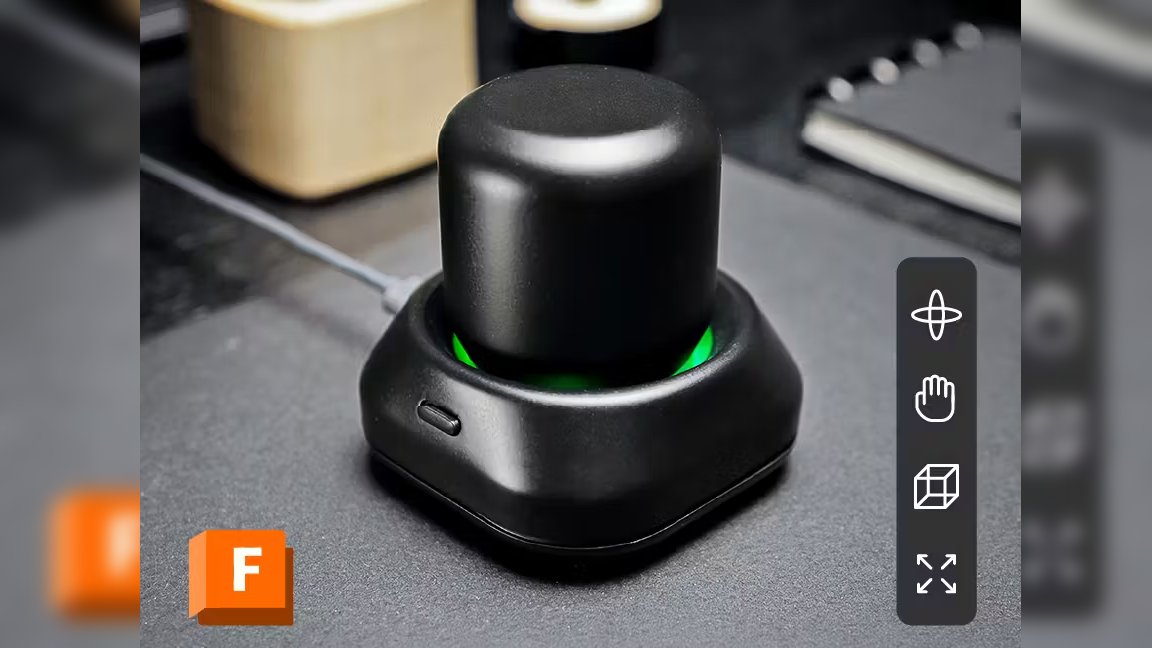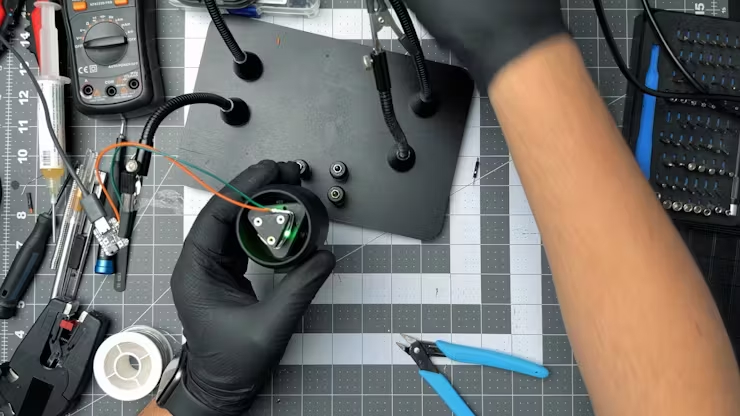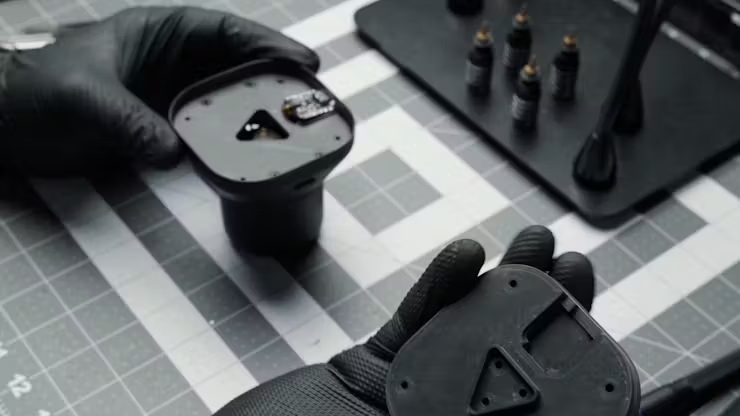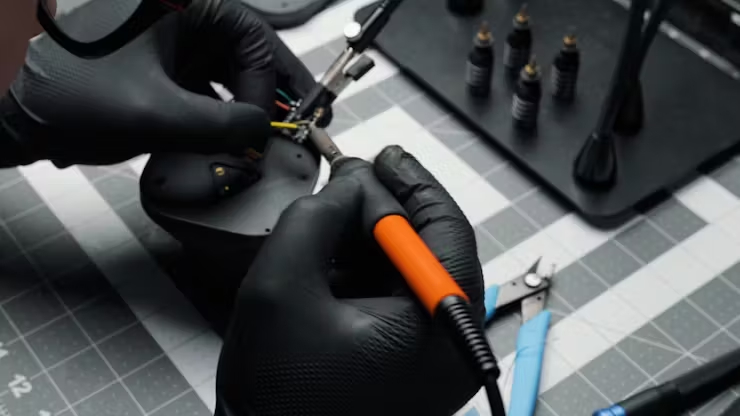
Specialized systems often require specialized tools that can sometimes rack up a hefty price tag. But if you have the ability to make something yourself, it can be well worth the effort of building the tool from scratch. Today we’re sharing an impressive Raspberry Pi Pico creation from maker and developer Salim Benbouziyane who has managed to design a space mouse from scratch to use with Fusion 360.
The idea for the project began when Benbouziyane noticed how tricky it was to remember navigation combinations for Fusion 360 when bouncing between different devices. What works for a Macbook won’t always be the same when using a keyboard and mouse with Windows. To make things easier, he created this space mouse to take with him so it would be easier to navigate Fusion 360 regardless of the platform he’s using.



The space mouse is designed as a 3-axis joystick that uses a magnetometer along with neodymium magnets to detect direction. Benbouziyane also used a series of springs to give the mouse proper resistance when being used. It’s capable of providing both pan and orbit functions when using it with Fusion 360. A couple of shortcut buttons were included, as well.
The main board behind the space mouse is an Adafruit QT Py RP2040 working in tandem with an Adafruit TLV493D Triple-Axis Magnetometer. It uses 6 2mm round magnets to register directional input. You can find a full list of parts in the build guide shared to Hackster. Everything is housed inside of a custom 3D-printed shell which is available as an STL file for anyone to download at home.
Benbouziyane was kind enough to share all of the details behind the code used in this project. It’s completely open source so anyone can recreate it at home. Check out the project page over at Hackster to get a closer look at how it works and how to set it up from beginning to end.
If you want to see this Raspberry Pi project in action, head over to Benbouziyane’s official YouTube channel and watch the video breakdown of its assembly. Overall, this is a very clever project and we appreciate all of the work put into not only creating it but the decision to make it open source.







